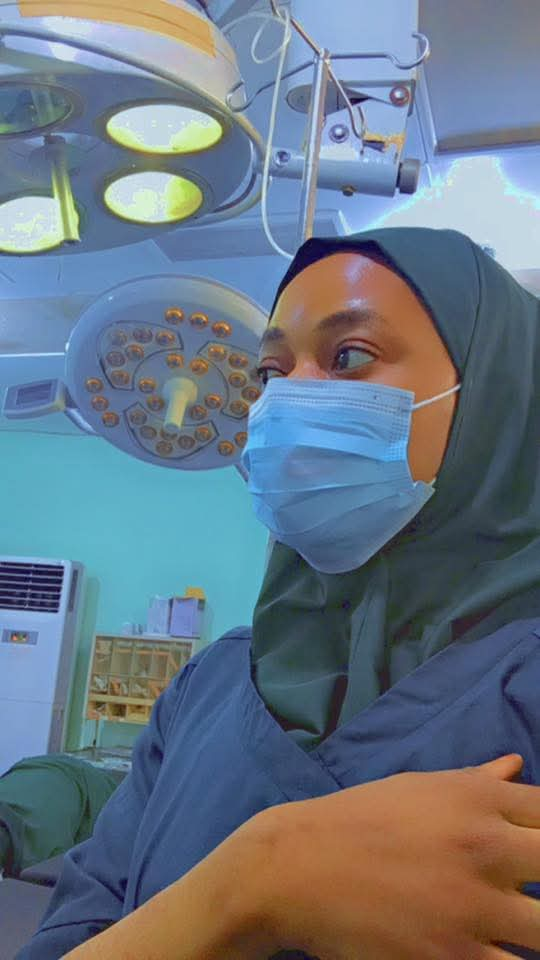Understanding blood types and genotypes is crucial for emergencies, such as blood transfusions during accidents. However, knowing one’s genotype, particularly before marriage, is equally important to avoid having children with Sickle Cell Disease (SCD).
Blood genotypes determine an individual’s blood type, which is inherited from our parents and remains constant throughout our lives. The four main blood types are A, B, AB, and O, classified based on the presence of antigens on red blood cells. Additionally, the Rh factor can be present (Rh-positive) or absent (Rh-negative), further defining blood types.
Blood genotypes play significant roles in:
– Blood Transfusions: Ensuring compatibility between donor and recipient blood.
– Pregnancy: Preventing complications like hemolytic disease of the newborn.
– Organ Transplants: Matching donor and recipient blood types for successful transplants.
– Disease Susceptibility: Influencing susceptibility to diseases like sickle cell anemia.
Sickle cell disease is a genetic disorder affecting hemoglobin production, leading to abnormal red blood cells. These cells become crescent-shaped and rigid, causing a range of health problems. The genotype responsible for SCD is known as HbSS or HbSβthal, resulting from a mutation in the HBB gene.
Individuals with sickle cell disease have two copies of the mutated gene (HbSS), while those with one normal gene and one mutated gene (HbAS) have the sickle cell trait but generally remain healthy. Understanding an individual’s genotype is crucial in determining their risk of developing SCD or passing it to their offspring.
The symptoms of sickle cell disease can vary in severity and include:
– Anemia
– Fatigue
– Shortness of breath
– Pale skin
– Yellowing of the skin and eyes (jaundice)
– Painful episodes (crises)
– Swelling of hands and feet
– Increased risk of infections
While there is no cure for sickle cell disease, several management options help alleviate symptoms and prevent complications:
– Pain Management: Medications like acetaminophen and ibuprofen.
– Blood Transfusions: Increasing healthy red blood cell levels.
– Hydroxyurea: Reducing the frequency of painful episodes and improving anemia.
Aisha Mahmud, a sickle cell patient diagnosed at age three, shared her experiences. As she grew older, the frequency of her crises reduced, occurring only once every three months. She regularly visits Primus Hospital in Karu, Abuja, and FMC Azare for checkups. Aisha emphasizes that emotional stress often triggers crises, highlighting the importance of therapy over medication. Remarkably, her genotype changed from SS to AC, bringing immense joy to her family.
The challenges faced by sickle cell patients are immense, impacting them physically, psychologically, emotionally, and financially. Crises can occur unpredictably, causing significant distress to both patients and their families.
Researchers are continuously exploring new treatment options for sickle cell disease. Some of the latest developments include:
– Hydroxyurea: Reduces pain crises and acute chest syndrome, decreasing the need for blood transfusions.
– Voxelotor: Approved for people age four and older to reduce pain crises and improve anemia.
– Crizanlizumab: Approved for people age 16 and older to reduce pain crises.
– L-glutamine: Approved for people age five and older to reduce pain crises.
– Bone Marrow Transplant: Can cure some individuals with SCD but requires careful consideration and a suitable donor.
– Gene Therapy: Uses genes to correct the mutation causing sickle cell disease.
– CRISPR Technology: A gene-editing tool that corrects the mutation causing SCD.
In conclusion, sickle cell disease is a complex and debilitating genetic disorder affecting millions worldwide. While there is no cure, management options help alleviate symptoms and prevent complications. Ongoing research and new treatment options offer hope for improved treatment and potentially a cure in the future.





